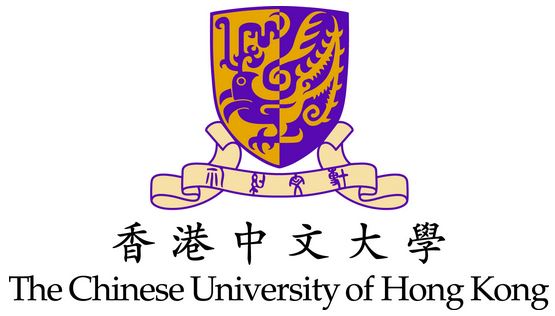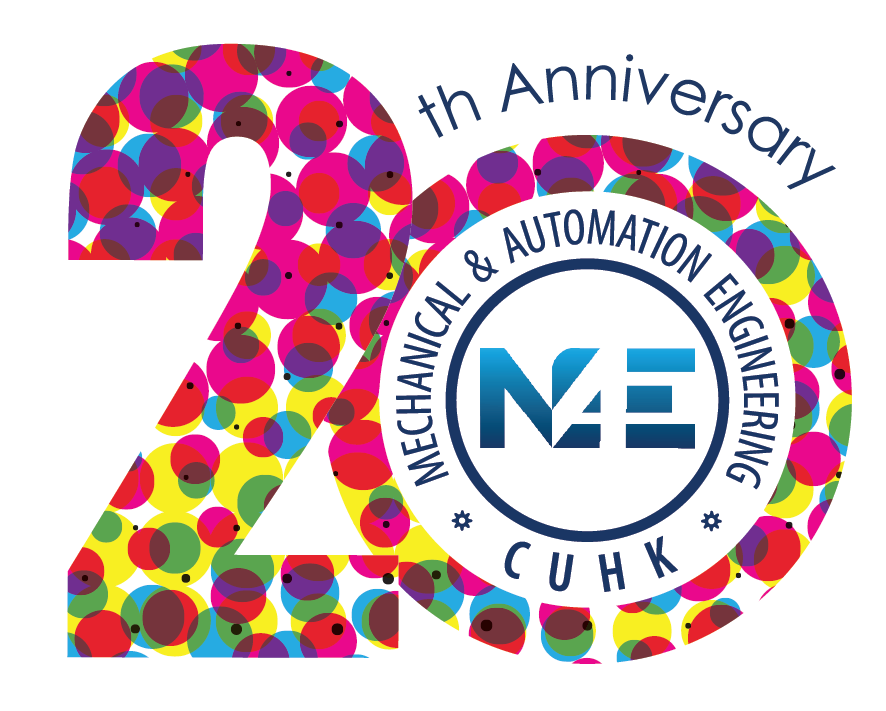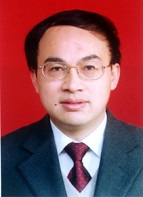 |
Title: Geometric Processing Based on Sparse Optimization By Prof. Falai Chen University of Science and Technology of China, China Date: Oct. 26 |
Abstract: Sparse optimization has been a hot research area in recent years and itis widely used in in image processing, computer vision and scientific computing. However, only in recent years sparse optimization has found its applications in geometric modeling and processing. In this talk, I will present some recent research on applications of sparse optimization in this subject in my research group, including decoupling noises and features of geometric models, sparse coding of manifold surfaces, and surface approximation and reconstruction. I will show the key role that sparse optimization plays in solving these problems.
Biography: Falai Chen is currently a professor in the Department of Mathematics University of Science and Technology of China (USTC). He received his B.S. and Ph.D degrees in Computational Mathematics in 1987 and 1994 respectively, both from USTC. His research interests include algebraic methods in Geometric Modeling, splines over T-meshes, and applications of sparse analysis in Geometric Modelling and Computer Graphics. He has published over one hundred scientific papers in refereed journals and international conferences. He currently serves on the editorial boards of several international journals such as Computer Aided Geometric Design, Visual Computer, and Numerical Mathematics-Theory, Method and Applications. He won the Distinguished Young Investigator Award of NSF of China in 2002 and the Feng Kang Scientific Computation Award in 2009.
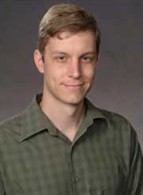 |
Title: Aliasing in Solid and Geometric Modeling By Prof. Scott Schaefer Texas A&M University, United States Date: Oct. 27 |
Abstract: While aliasing artifacts are well known in the image processing community, these artifacts are often ignored in many other aspects of Computer Graphics. This talk will explore how aliasing can arise in solid and geometric modeling as well as how to specialize various filtering techniques for such applications to remove aliasing and noise. In addition, we will discuss how geometry can and should influence more traditional signal processing algorithms.
Biography: Scott Schaefer is an Associate Professor of Computer Science at Texas A&M University. He received a bachelor's degree in Computer Science/Mathematics from Trinity University in 2000 and an M.S. and PhD. in Computer Science from Rice University in 2003 and 2006 respectively. His research interests include graphics, geometry processing, curve and surface representations, and barycentric coordinates. He received the Günter Enderle Award in 2011 and an NSF CAREER Award in 2012.
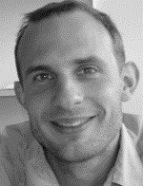 |
Title: From Shapes to Shape Spaces By Prof. Max Wardetzky University of Göttingen, Germany Date: Oct. 28 |
Abstract: Over the past decades, a large amount of research in geometry processing has been dedicated to computational tools for processing single geometries. From a more global perspective, one might ask to study surfaces as points in a space of shapes. Over the past years, concepts from Riemannian manifolds have been applied to design and investigate shape spaces, with applications to shape morphing and modeling, computational anatomy, as well as shape statistics. Studying shape space from the point of view of Riemannian geometry enables transfer of important geometric concepts, such as shortest paths or curvatures, from classical geometry to these (usually) infinite-dimensional spaces of shapes. In my talk I will highlight some of the recent developments and open questions in understanding shape space from a Riemannian perspective, with a particular down-to-earth focus on how one can relate Riemannian metrics to elastic energies.
Biography: Max Wardetzky is currently a professor at the department of Numerical and Applied Mathematics at the University of Goettingen in Germany. He received his PhD in mathematics from the Free University of Berlin. His research interests include Discrete Differential Geometry, Geometry Processing, Computational Topology, Physical Simulation, and Computer Graphics.

